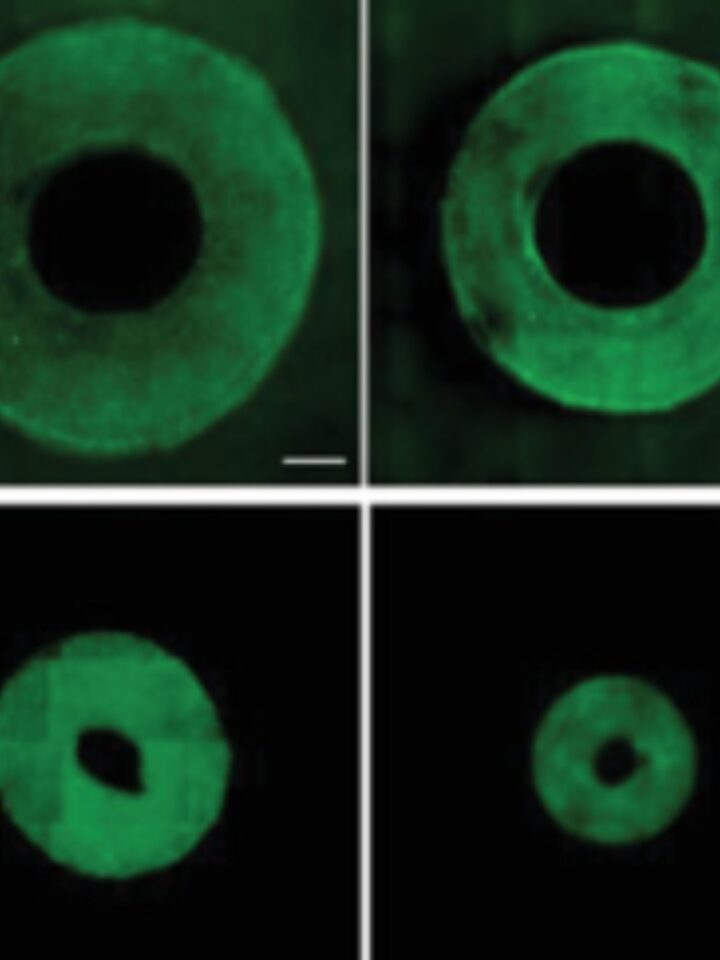A clear microgel based on red algae enables scientists to control size and shape of printed tissue before its insertion into target organs.
By Naama Barak, Israel21c
Tissue printing has become a well-known approach for creating tissue for transplantation. But a problem continuing to plague bioprinting is shrinkage – the printed tissue tends to distort and shrink before getting inserted into the target organ.
Scientists at the Technion – Israel Institute of Technology have recently discovered a fix, by changing the medium in which the tissue is printed and grown to one based on a substance produced from red algae. Their findings were published in the Advanced Science journal.
“Many research groups around the world are working on improving tissue printing, but most of them are focusing on the printing phase and the initial product – the printed tissue,” explains the Technion’s Prof. Shulamit Levenberg, who led the study.
“However, the growth phase of the tissue – that is, the period between the printing and the transplantation in the target organ – is no less important. This is a complex period in which the printed cells divide, migrate, and secrete their extracellular matrix and attach to each other to create the tissue. One of the problems is that in this complex process, the tissues tend to distort and shrink in an uncontrolled manner.”
To combat this, the researchers developed an original medium in the form of a microgel called CarGrow produced from carrageenan that in turn is based on red seaweed. The transparent microgel enables scientists to monitor the development of the printed tissue and facilitate reliable, controlled production in terms of size and shape. This new method, the scientists hope, will lead to the development of new technologies for bioprinting.
